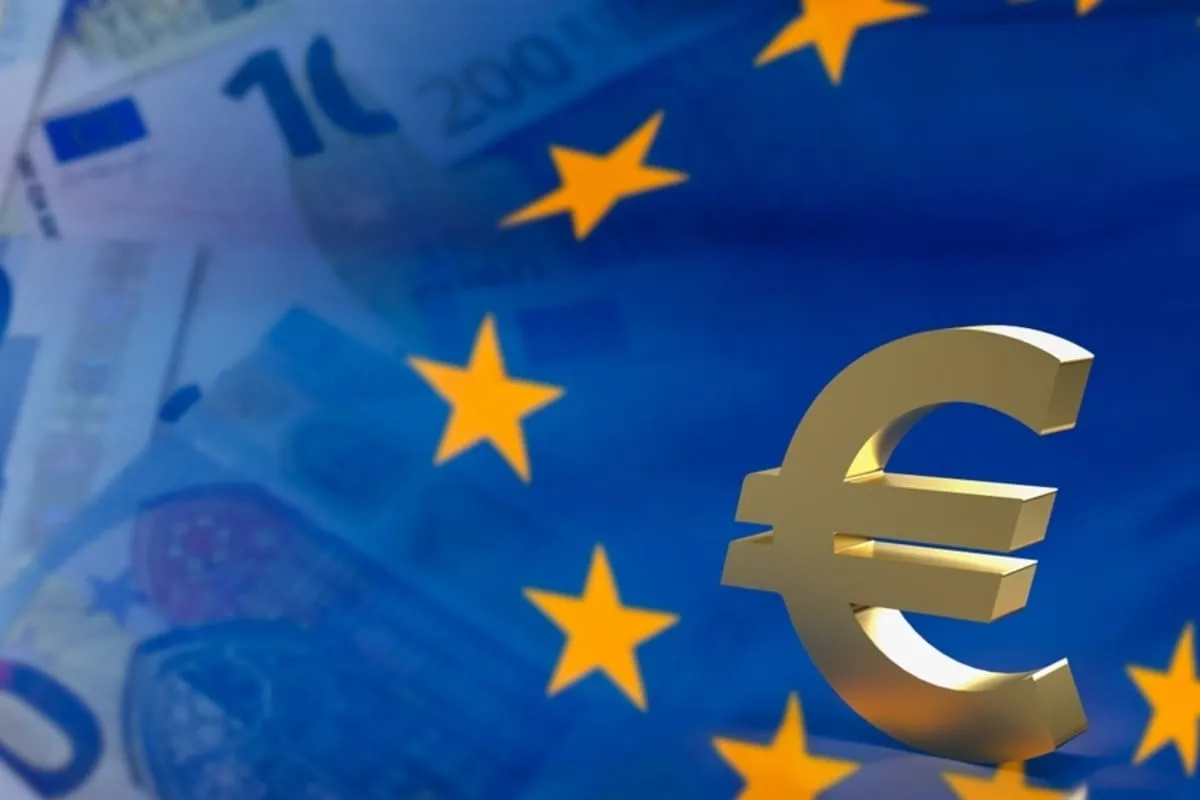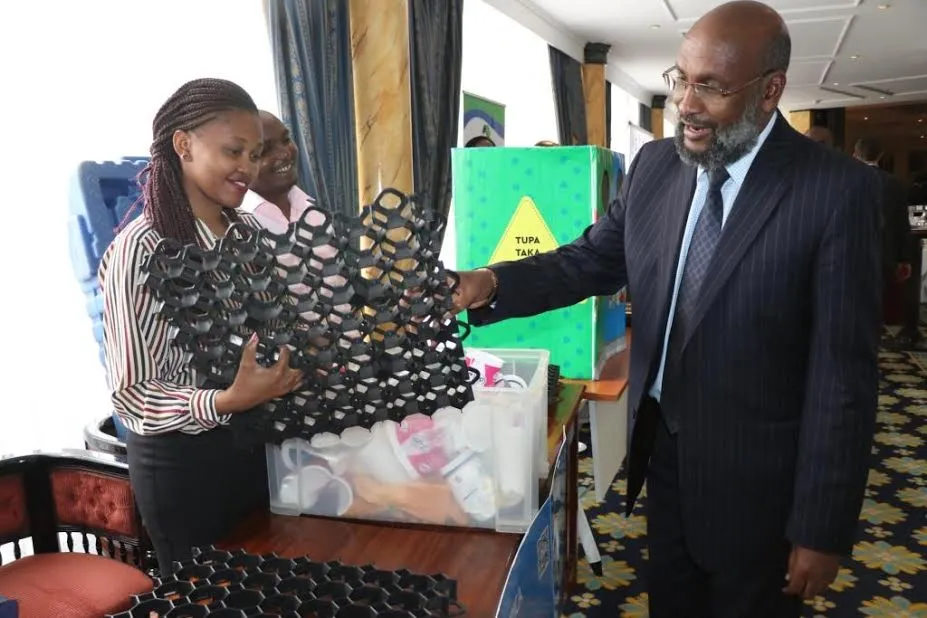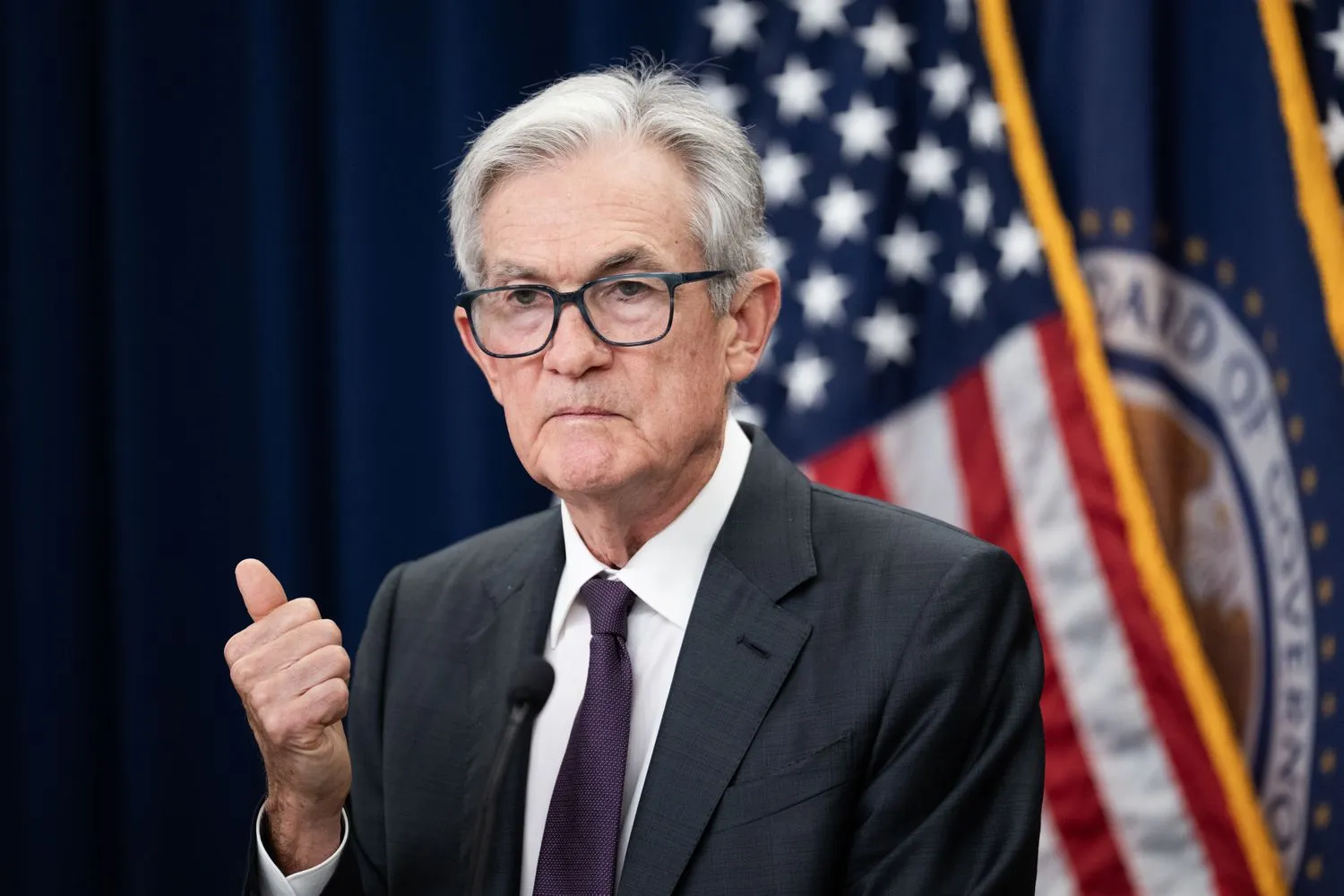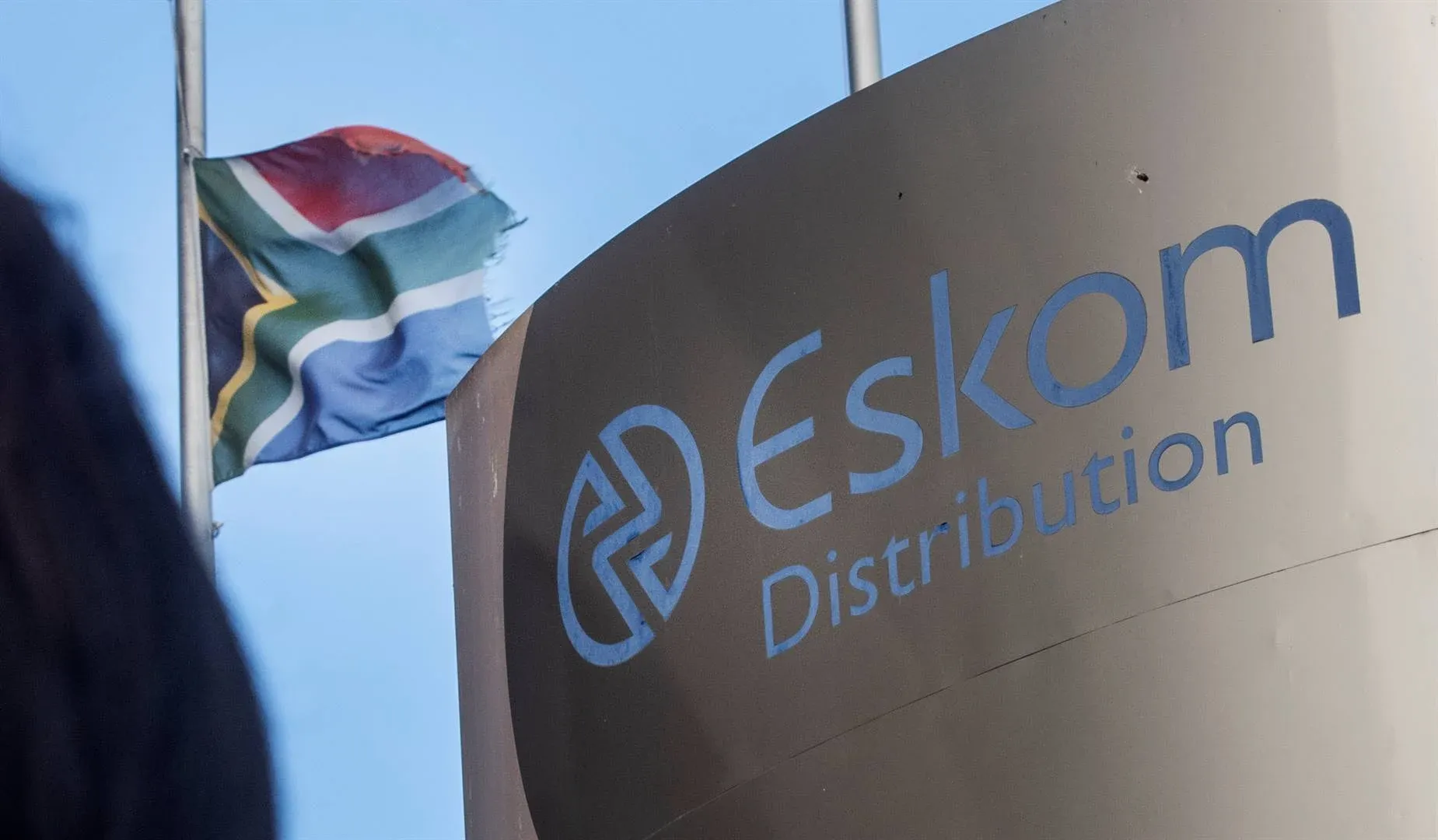A New Era for Europe’s Digital Finance Strategy
In a bold step toward financial independence, nine of Europe’s largest banks have announced the development of a euro-denominated stablecoin fully compliant with the EU’s Markets in Crypto-Assets Regulation (MiCAR). This initiative represents Europe’s most significant push yet to reduce reliance on U.S.-dominated digital currencies and strengthen the euro’s role in the global financial system.
The consortium includes ING, Banca Sella, KBC Bank, Danske Bank, DekaBank, UniCredit, SEB, CaixaBank, and Raiffeisen Bank International. Together, they plan to roll out the stablecoin in the second half of 2026, targeting institutional adoption first, followed by broader retail integration.
This collective move reflects growing concerns in European financial and political circles about digital sovereignty—the ability to control and govern financial infrastructure in an increasingly globalized, digital-first economy.
Ready to level up your career? Join our expert-led Online courses in ACCA, HESI A2, ATI TEAS 7, HESI EXIT, NCLEX-RN, NCLEX-PN, and Financial Literacy. At Serrari Ed, we turn potential into achievement. Start your journey today!
Why Stablecoins Matter
Stablecoins have become the backbone of the digital asset ecosystem. Unlike volatile cryptocurrencies such as Bitcoin or Ethereum, stablecoins maintain a 1:1 peg to fiat currencies, making them a practical medium of exchange and store of value.
According to a European Central Bank report, stablecoins are now integral to decentralized finance (DeFi), remittances, and cross-border trade, particularly in emerging markets. As of mid-2025, the global stablecoin market had exceeded $230 billion in capitalization, with usage expanding across payment platforms, supply chain management, and institutional settlement networks.
In Europe, fintech innovation has accelerated in recent years, but reliance on U.S.-issued stablecoins such as Tether (USDT) and Circle’s USD Coin (USDC) has raised alarms. Together, these two tokens account for over 80% of the global market, commanding more than $270 billion in circulation. By comparison, euro-backed stablecoins barely reach €500 million—less than 0.2% of the total market.
Europe’s Answer to Dollar Dominance
This imbalance has sparked calls for Europe to create its own regulated, MiCAR-compliant euro stablecoin. By doing so, the EU hopes to shield itself from geopolitical risks, U.S. regulatory shifts, and dollar dependence.
Financial experts argue that this development is not just about payments but also about strategic autonomy. A euro-backed stablecoin would help safeguard monetary policy effectiveness, reduce foreign influence, and give European businesses a competitive advantage in global digital markets.
“Digital payments are key for new euro-denominated financial infrastructure,” said Floris Lugt, digital assets lead at ING, emphasizing that blockchain’s programmability and transparency could deliver efficiencies that traditional systems lack.
The Role of MiCAR
The Markets in Crypto-Assets Regulation (MiCAR), which came fully into effect in 2024, is Europe’s attempt to standardize crypto regulation across all 27 EU member states.
MiCAR sets strict rules for stablecoins, requiring:
- 1:1 backing with liquid reserves
- Redemption rights for users
- Licensing from national authorities
- Transparency in governance and reserves
This framework eliminates the patchwork of national regulations that previously existed, offering uniform protections for investors and a more predictable environment for businesses. Unlike unregulated tokens, MiCAR-compliant stablecoins must maintain strict accountability, reducing risks of fraud, mismanagement, and instability.
The consortium’s euro stablecoin is expected to qualify as an “e-money token” (EMT) under MiCAR, making it subject to even higher scrutiny compared to asset-referenced tokens (ARTs).
Build the future you deserve. Get started with our top-tier Online courses: ACCA, HESI A2, ATI TEAS 7, HESI EXIT, NCLEX-RN, NCLEX-PN, and Financial Literacy. Let Serrari Ed guide your path to success. Enroll today.
The Banks Behind the Project
The project draws strength from its diversity, with banks representing multiple European markets:
- ING (Netherlands)
- Banca Sella and UniCredit (Italy)
- KBC Bank (Belgium)
- Danske Bank (Denmark)
- DekaBank (Germany)
- SEB (Sweden)
- CaixaBank (Spain)
- Raiffeisen Bank International (Austria)
The banks have set up a new joint company in the Netherlands, which has applied for an e-money institution license from the Dutch Central Bank. The CEO will be announced pending regulatory approval, but sources suggest that leadership candidates have backgrounds in both traditional finance and blockchain technology.
Strategic Benefits for Europe
If successful, the euro stablecoin could transform Europe’s financial sector:
- Cross-Border Payments: Faster, cheaper, and more transparent settlements across the EU and beyond.
- Supply Chain Finance: Automated payments tied to delivery or milestone verification.
- Tokenized Assets: Settlement of securities and digital assets on blockchain rails.
- Financial Inclusion: Easier access for SMEs and underserved populations.
The consortium argues that pooling resources through a multi-bank model reduces risks and improves liquidity compared to single-bank efforts.
“We are convinced of the advantages of a multi-bank approach,” said Johann Strobl, CEO of Raiffeisen Bank International, stressing that collective action enhances resilience and trust.
A Catalyst for the Digital Euro
This initiative could also complement the European Central Bank’s digital euro project, expected by 2029. By creating infrastructure and consumer familiarity with euro-denominated blockchain payments, the consortium may accelerate adoption of the ECB’s central bank digital currency (CBDC).
Industry analysts note that the ECB is unlikely to oppose the project, as long as it remains within MiCAR’s boundaries and aligns with broader financial stability goals. Instead, the euro stablecoin may act as a stepping stone to CBDC adoption, giving European citizens early access to regulated digital payment instruments.
The U.S. Competition
Meanwhile, across the Atlantic, the U.S. continues to expand its footprint in the stablecoin sector. The GENIUS Act recently gave federal legitimacy to stablecoins, encouraging banks and institutions to issue their own tokens. Giants like JPMorgan Chase and Goldman Sachs are reportedly exploring new digital dollar products.
Crypto-native firms such as Circle and Tether already dominate, and their tokens remain essential liquidity tools on global exchanges. This makes Europe’s challenge all the more urgent. Without a competitive euro-backed alternative, the EU risks being sidelined in the race for digital currency adoption.
Concerns and Criticism
Not all voices are optimistic. Frederik Gregaard, CEO of the Cardano Foundation, has warned that MiCAR’s strict rules may stifle innovation. Key concerns include:
- Bans on paying interest for stablecoin holdings
- Daily issuance limits for large tokens
- Reserve requirements that may restrict liquidity
- Compliance burdens that deter smaller players
Additionally, the delisting of USDT from many European exchanges starting in late 2025 raises fears of liquidity shortages. If global traders cannot easily move capital through Europe, activity may migrate to more permissive jurisdictions like the U.S. or Asia.
The Road Ahead
Despite challenges, the consortium’s euro stablecoin is a historic opportunity for Europe to regain control over its digital financial future. By anchoring innovation within a robust regulatory framework, the initiative balances stability with competitiveness.
As the global stablecoin market surges toward an estimated $1.9 trillion by 2030—and potentially $4 trillion in a bullish scenario—Europe’s stake in the sector is too small to ignore. If this project succeeds, it could give the euro renewed relevance in the digital age, protecting Europe’s sovereignty while empowering fintech executives to develop new products and services.
For now, all eyes are on the consortium as it navigates regulatory approvals, interoperability challenges, and the task of winning user trust in a market dominated by American giants.
Ready to take your career to the next level? Join our Online courses: ACCA, HESI A2, ATI TEAS 7 , HESI EXIT , NCLEX – RN and NCLEX – PN, Financial Literacy!🌟 Dive into a world of opportunities and empower yourself for success. Explore more at Serrari Ed and start your exciting journey today! ✨
Track GDP, Inflation and Central Bank rates for top African markets with Serrari’s comparator tool.
See today’s Treasury bonds and Money market funds movement across financial service providers in Kenya, using Serrari’s comparator tools.
Photo source: Google
By: Montel Kamau
Serrari Financial Analyst
2nd October, 2025
Article, Financial and News Disclaimer
The Value of a Financial Advisor
While this article offers valuable insights, it is essential to recognize that personal finance can be highly complex and unique to each individual. A financial advisor provides professional expertise and personalized guidance to help you make well-informed decisions tailored to your specific circumstances and goals.
Beyond offering knowledge, a financial advisor serves as a trusted partner to help you stay disciplined, avoid common pitfalls, and remain focused on your long-term objectives. Their perspective and experience can complement your own efforts, enhancing your financial well-being and ensuring a more confident approach to managing your finances.
Disclaimer: This article is for informational purposes only and does not constitute financial advice. Readers are encouraged to consult a licensed financial advisor to obtain guidance specific to their financial situation.
Article and News Disclaimer
The information provided on www.serrarigroup.com is for general informational purposes only. While we strive to keep the information up to date and accurate, we make no representations or warranties of any kind, express or implied, about the completeness, accuracy, reliability, suitability, or availability with respect to the website or the information, products, services, or related graphics contained on the website for any purpose. Any reliance you place on such information is therefore strictly at your own risk.
www.serrarigroup.com is not responsible for any errors or omissions, or for the results obtained from the use of this information. All information on the website is provided on an as-is basis, with no guarantee of completeness, accuracy, timeliness, or of the results obtained from the use of this information, and without warranty of any kind, express or implied, including but not limited to warranties of performance, merchantability, and fitness for a particular purpose.
In no event will www.serrarigroup.com be liable to you or anyone else for any decision made or action taken in reliance on the information provided on the website or for any consequential, special, or similar damages, even if advised of the possibility of such damages.
The articles, news, and information presented on www.serrarigroup.com reflect the opinions of the respective authors and contributors and do not necessarily represent the views of the website or its management. Any views or opinions expressed are solely those of the individual authors and do not represent the website's views or opinions as a whole.
The content on www.serrarigroup.com may include links to external websites, which are provided for convenience and informational purposes only. We have no control over the nature, content, and availability of those sites. The inclusion of any links does not necessarily imply a recommendation or endorsement of the views expressed within them.
Every effort is made to keep the website up and running smoothly. However, www.serrarigroup.com takes no responsibility for, and will not be liable for, the website being temporarily unavailable due to technical issues beyond our control.
Please note that laws, regulations, and information can change rapidly, and we advise you to conduct further research and seek professional advice when necessary.
By using www.serrarigroup.com, you agree to this disclaimer and its terms. If you do not agree with this disclaimer, please do not use the website.
www.serrarigroup.com, reserves the right to update, modify, or remove any part of this disclaimer without prior notice. It is your responsibility to review this disclaimer periodically for changes.
Serrari Group 2025












